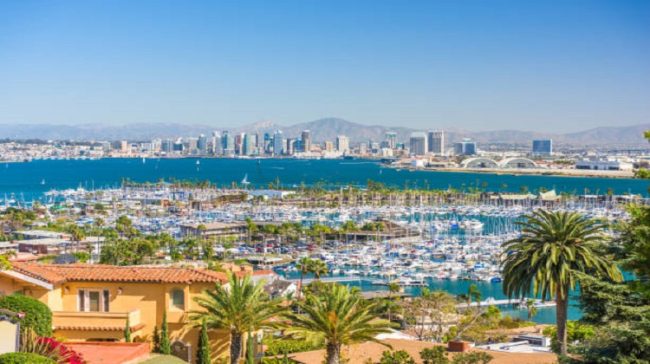
Tuscany is one of the Italian regions that combines sea, mountains, architecture, culture, history in a single territory. A weekend might not be enough to savor even just one of the thousand facets of this land, capable of enchanting with top-level culinary specialties, as well as with world-renowned wines.
For this reason, more and more tourists who visit Italy, and in particular Tuscany, for some short periods, find themselves thinking of a long-term investment, which can allow them to experience this land for long periods, which knows how to surprise in every season and, consequently many consider to buy one of the many wonderful villas for sale in Tuscany.
Mild climate
Let us start with the climate. Tuscany is in a geographical position that ensures a generally mild climate on the coasts and slightly more continental once you enter the region due to the Apennines. However, it is a purely Mediterranean climate with average annual temperatures ranging between 15.5 ° – 17 °.
Precisely because of its conformation, which includes long coasts and beaches, hills, mountains, we find pleasant climatic differences. We go from the typical Mediterranean climate in the coastal areas (Livorno, Grosseto, Bibbona, Orbetello etc.); continental climate on the low hills (Siena, Arezzo), and a harsh cold especially in winter on the Apennine ridge.
Architecture
Tuscany is a region rich in history testified by well-preserved architectural complexes, which bear witness to ancient eras. Just think that because of important research on the Tuscan regional territory as part of a national census of architectural works from the second half of the twentieth century to the present, as many as 292 buildings and architectural complexes of historical interest were selected.
And this with reference only to the years after 1945! Therefore, there are innumerable buildings and architectural complexes from an older era. Just think of the historic centers of Siena, Montepulciano, Volterra, Monteriggioni, San Gimignano, pearls of the Italian Middle Ages, known throughout the world.
Culture
We certainly cannot forget the cultural relevance of the Uffizi Gallery, the pride of galleries around the world. Located in the center of beautiful Florence, within a cultural itinerary to be discovered. The experience already begins in the alleys of Florence, steeped in history and the “Florentine Renaissance“, and continues among the gardens and baroque squares.
Specifically, entering the museum gallery, you can enjoy the view of the collections of Raffaello and Botticelli, as well as numerous works by Tiziano, Caravaggio, Leonardo da Vinci (to name just a few).
Kitchen
A special mention certainly goes to Tuscan cuisine. It represents one of the facets of Italian cuisine and succeeds in truly expressing the belonging to a generous territory that reciprocates the care and attention of its inhabitants with excellent vegetables, fruit, greens, olive trees, wheat, etc., which, once processed, they become real specialties.
All tastes are catered for: the sea with the exquisite caciucco (dish based on extremely fresh fish, eaten mostly in the Livorno and Viareggio areas); the rich cold cuts and cheese platters (with traditional recipes from each province); the peasant tradition with pappa al pomodoro, ribollita and much more.




